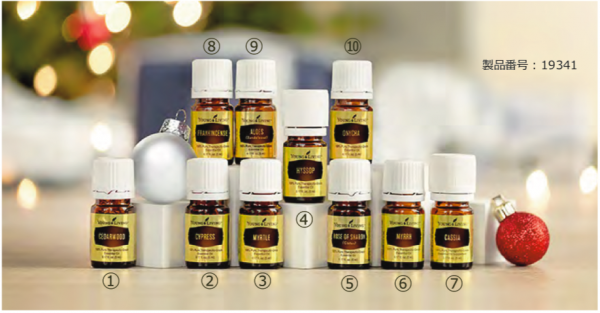聖書の中の10のオイル【マートル】
聖書の中の10のオイル【マートル】
ゲリーさんのブログをご紹介します。

『聖書の中の10のオイル』セットは2019年12月25日まで日本で購入可能です。
ギンバイカは、歴史的な著作に登場するもう1つの貴重な芳香剤です。
ユダヤ人がバビロン捕囚から出てきたとき、ネヘミヤ王は、ギンバイカを含む4本の木から枝を集めるよう主に命じられたことを思い出させました。 ネヘミヤ記8:15:「山に出て、書かれている通りにブースを作るために、オリーブの枝、松の枝、ギンバイカの枝、ヤシの枝、太い木の枝を取り出してください。」
古代ユダヤ人にとって、ギンバイカは平和と正義の象徴でした。 イスラエルに対する未来の約束の一つは、ブライヤーの代わりにギンバイカの木に上るということです(イザヤ55:13)。
古代のテキストは、呼吸器疾患を克服するためのギンバイカの使用にも言及していますが、これを検証した臨床研究はまだありません。
次回は、古代聖書の有名なオイルであるヒソップについて話し合いましょう。
基本的にあなたのもの、
ゲリー・ヤング
Myrtle is another precious aromatic that appears in historical writings.
When the Jews came out of the Babylonian captivity, King Nehemiah reminded them that the Lord commanded that they gather branches from four trees, including myrtle. Nehemiah 8:15: “Go forth unto the mount, and fetch olive branches, and pine branches, and myrtle branches, and palm branches, and branches of thick trees, to make booths, as it is written.”
To the ancient Jews, myrtle was symbolic of peace and justice. One of the promises to Israel of the future is that instead of the briar shall come up the myrtle tree (Isaiah 55:13).
Ancient texts also mention the use of myrtle for overcoming respiratory conditions, although no clinical research has so far validated this.
Next time join me as I discuss a well-known oil of ancient scripture: Hyssop.
Essentially Yours,
Gary Young
